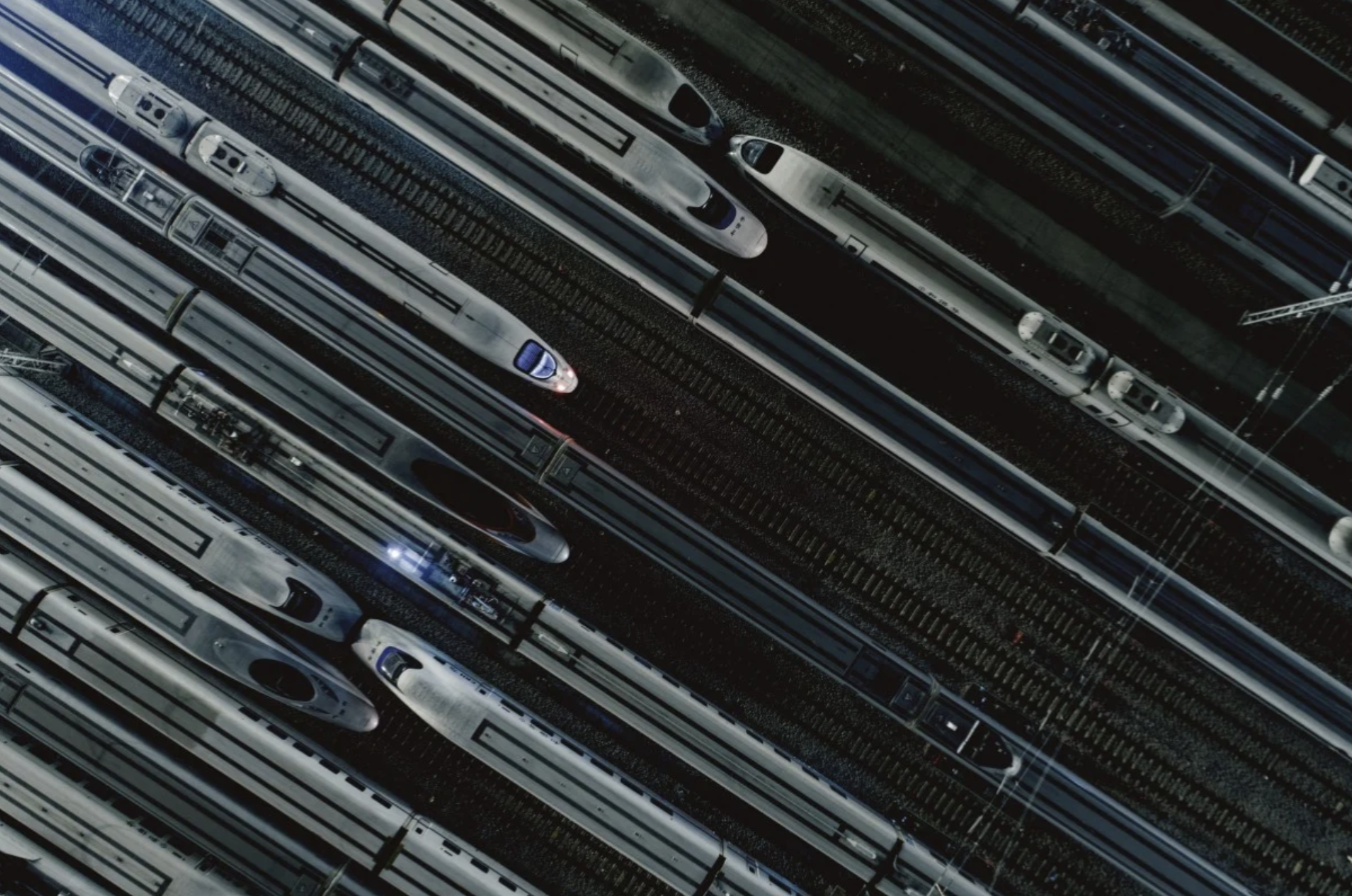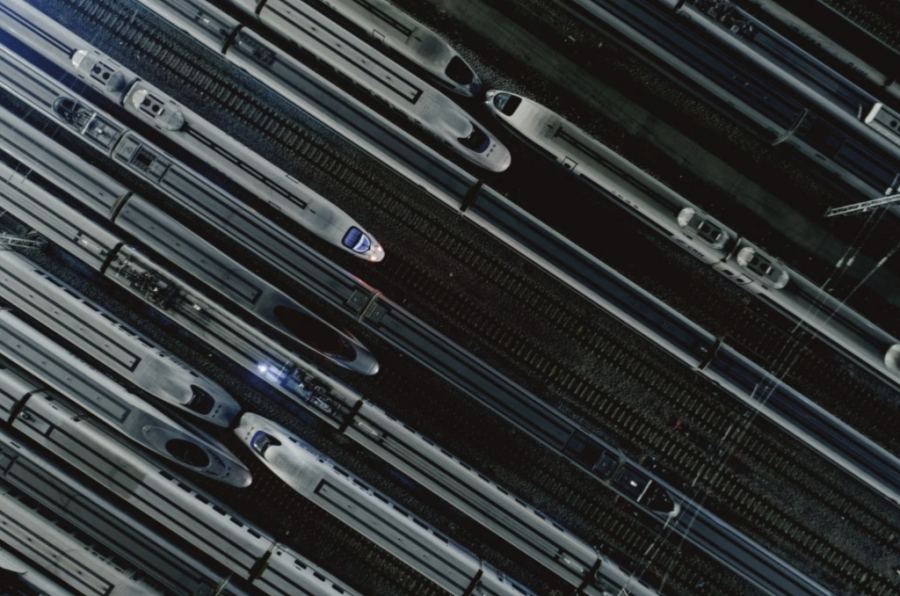China will invest CNY 474.1 billion (US$67.9 billion) to improve rail connection in the Greater Bay Area, building 775 km (480 miles) of intercity railway and five transport hubs, according to a plan approved by the National Development and Reform Commission (NDRC).
The Greater Bay Area is an ambitious scheme announced by the Chinese government in 2017 to link Hong Kong, Macao and nine cities in Guangdong province to form an integrated mega economic and technology hub capable of rivalling San Francisco’s Silicon Valley, writes South China Morning Post.
In recent years the scheme has been gradually rolled out with the construction of the Hong Kong-Zhuhai-Macao Bridge and the Hong Kong-Guangzhou high-speed train, as well as inter-region cooperation on other infrastructure projects, education and scientific research.
The connectivity programme, which was approved on 30 July by the NDRC, China’s top economic planning agency, is intended to cover all cities in the area above county level with 5,700 km of railway by 2035. By then, passengers would be able to commute between major cities in the Greater Bay Area within an hour, major cities to smaller cities within two hours, and major cities to capitals in surrounding provinces within three hours, according to the plan.
Under the scheme, transport hubs will be built within cities, connecting airports, train stations and linking intercity rail systems with inner city transport. Hong Kong and Macao would also be better integrated into the regional grid, the plan said.
Currently, connectivity was limited in the region, said Guo Wanda, executive vice-president of the China Development Institute, a Shenzhen-based think tank.
“There are still too few [railway] lines between cities, it’s inconvenient to switch from railways to subways and other services [in different cities] – including ticketing and road signs – are not integrated,” he said.
Under the new plan, small and medium-sized cities would be better connected, instead of being overshadowed by major cities, said Huo Weidong, who has a doctorate from the Institute of Guangdong, Hong Kong and Macao Development Studies at the Sun Yat-sen University in Guangzhou.
In addition, Huo described the new plan as a “breakthrough in design” because it would consider intercity connection as a “hub-to-hub” concept compared with the old “city-to-city” model, easing the movement of people, business and goods.
“The hub-to-hub design will also strengthen the connection of major airports and small and medium-sized cities, and I am confident that this will present opportunities attractive to overseas investors,” he said.
Immediate effects of the plan included boosting the economy within the Greater Bay Area, said Peng Peng, executive director of the Guangdong System Reform Research Society.
“Guangdong, the largest province in terms of foreign trade [in China], has been hit hard by the coronavirus pandemic and [the souring of] US-China relations. We can’t depend on foreign trade for the recovery,” he said. “In the short term, the room for boosting domestic demand will be limited. So infrastructure construction will be the main avenue for growth.”
However there were difficulties in carrying out the plan, such as financing, Peng said.
“Guangzhou’s financial situation is [less robust than] Shenzhen’s. A critical factor [for this project] is whether local governments can arrange the financing smoothly,” he said.
(South China Morning Post)
PHOTO © South China Morning Post






